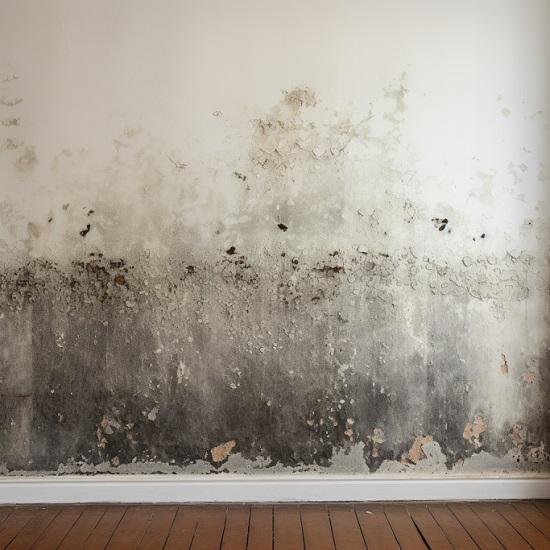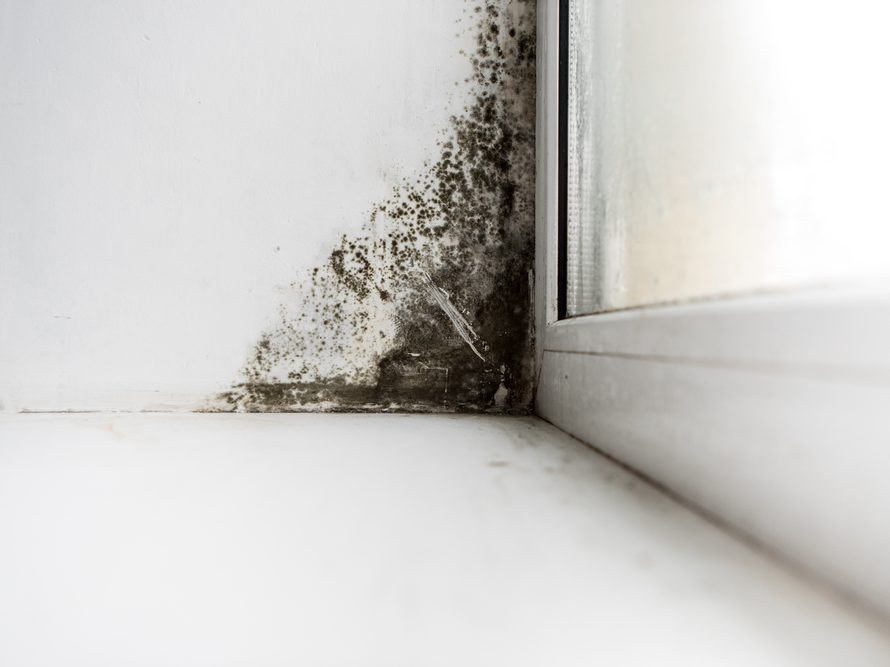After Mold Remediation Approaches for Tidy Areas
Your Ultimate Guide to Post Mold And Mildew Remediation Strategies
In the after-effects of mold and mildew invasion, recognizing exactly how to properly get rid of the mold and mildew and avoid its reoccurrence is paramount for maintaining a healthy and balanced interior atmosphere. From picking the appropriate cleaning and sanitizing methods to implementing strategies for lasting mold and mildew prevention, each step in the remediation journey plays an important role in making certain a successful end result.
Comprehending Post-Mold Removal Refine
After completing the mold and mildew remediation process, it is vital to recognize the post-mold remediation techniques that are necessary to ensure a efficient and comprehensive cleaning. As soon as the mold has actually been gotten rid of, the next step involves cleansing and disinfecting the impacted areas to stop any kind of regrowth of mold. This consists of using specialized cleaning up representatives to wipe down surface areas and kill any type of staying mold and mildew spores. It is crucial to dry the location totally to prevent the development of mold and mildew in the future (what to do after mold remediation). Correct ventilation and dehumidification can help in this process.
Furthermore, conducting a last examination post-remediation is important to ensure that all mold has actually been effectively eliminated. This assessment should involve a complete aesthetic check in addition to possibly air tasting to confirm the absence of mold spores in the air. Added remediation might be essential if the inspection reveals any lingering mold and mildew. Educating owners on precautionary steps such as regulating moisture degrees and promptly addressing any kind of water leaks can help maintain a mold-free setting.
Effective Cleaning and Decontaminating Approaches

Preventing Future Mold And Mildew Development

Significance of Appropriate Air Flow
Appropriate air flow plays an essential function in protecting against dampness buildup, a key consider mold and mildew development within indoor atmospheres. Effective ventilation systems assist remove excess humidity from the air, minimizing the chances of mold and mildew spores finding the dampness they require to sprout and spread out. Without appropriate ventilation, indoor rooms can become a breeding place for mold and mildew, causing prospective health risks and structural damage.
By making certain appropriate air flow, ventilation systems can additionally help in drying moist areas faster after water damage or flooding incidents, further preventing mold growth. Post Remediation verification. Precede like washrooms, kitchens, basements, and attics where moisture levels tend to be higher, setting up and preserving efficient air flow systems is critical in preventing mold invasions

Monitoring and Maintenance Tips
Given the important role that appropriate ventilation plays in protecting against mold growth, it is essential to establish reliable surveillance and maintenance pointers to ensure the continued functionality of air flow systems. Regular assessments of ventilation systems should be conducted to inspect for any kind of indicators of obstructions, leakages, or breakdowns that can hamper proper airflow. Surveillance humidity degrees within the building is likewise essential, as high moisture can add to mold growth. Mounting a hygrometer can help track moisture degrees and sharp property owners to any type of spikes that might call for focus. Furthermore, making sure that air filters are consistently cleaned or changed is essential for preserving the performance of the air flow system. Applying a schedule for routine upkeep jobs, such as duct cleansing and HVAC system assessments, can help prevent issues before they escalate. By staying proactive and mindful to the problem of ventilation systems, building owners can properly reduce the danger my website of mold regrowth and maintain a healthy indoor environment.
Final Thought
In conclusion, post-mold removal techniques are essential for ensuring a clean and safe setting. Understanding the procedure, executing reliable cleansing and decontaminating methods, avoiding future mold and mildew growth, maintaining proper ventilation, and regular monitoring are all important action in the remediation procedure. By complying with these guidelines, you can successfully remove mold and mildew and stop its return, promoting a healthy living or working space for all owners.
In the results of mold infestation, recognizing exactly how to efficiently get rid of mold removal rental the mold and mildew and avoid its reoccurrence is vital for preserving a healthy and balanced indoor setting. Once the mold and mildew has been removed, the following step entails cleansing and disinfecting the influenced areas to avoid any kind of regrowth of mold - Post Remediation verification. After removing visible mold growth, it is essential to clean up all surfaces in the damaged location to eliminate any type of continuing to be mold and mildew spores. To better enhance mold prevention procedures, it is vital to deal with underlying problems that originally led to mold growth.Given the crucial duty that proper air flow plays in stopping mold and mildew development, it is crucial to develop reliable monitoring and maintenance ideas to make certain the ongoing functionality of ventilation systems